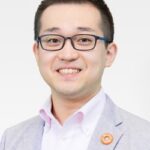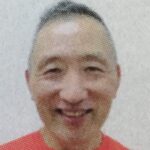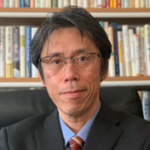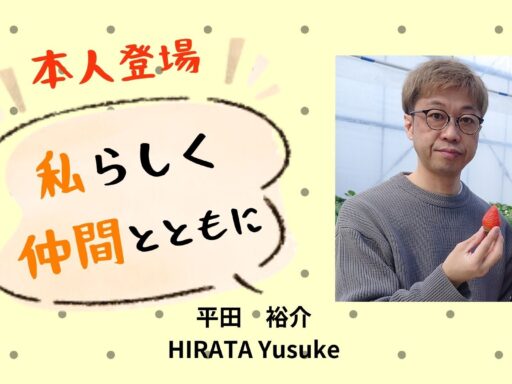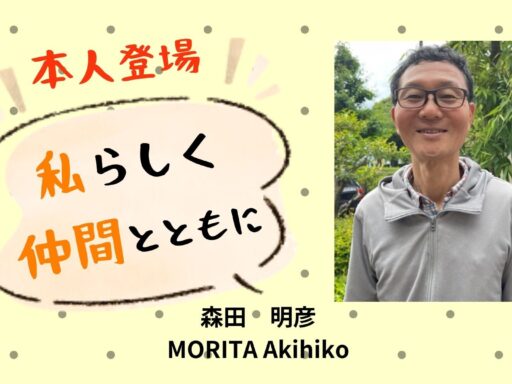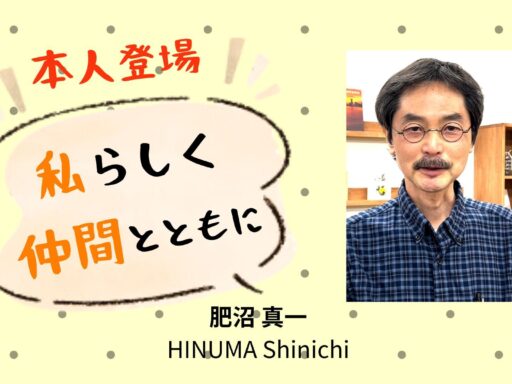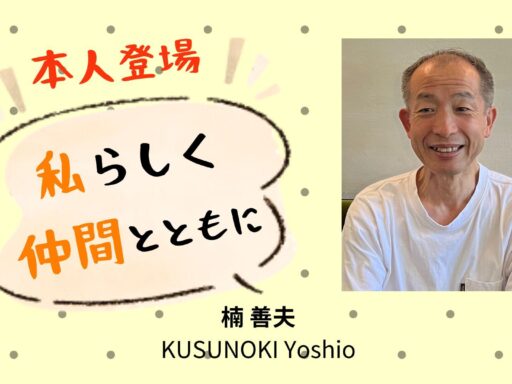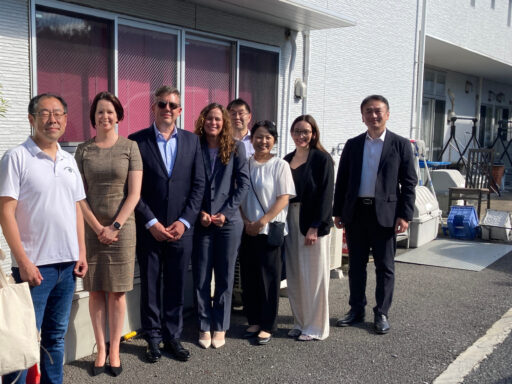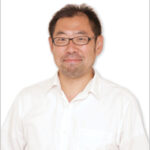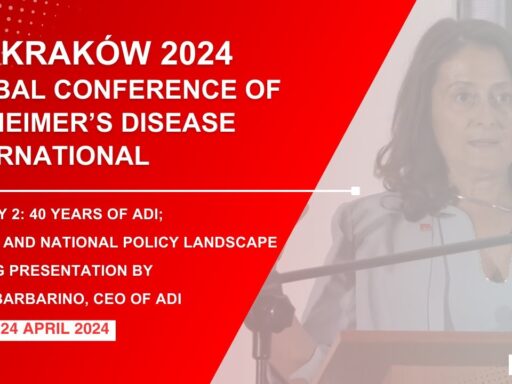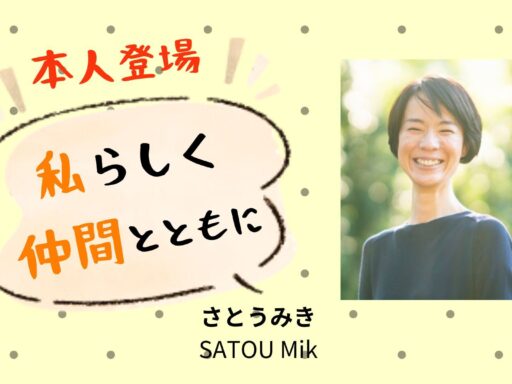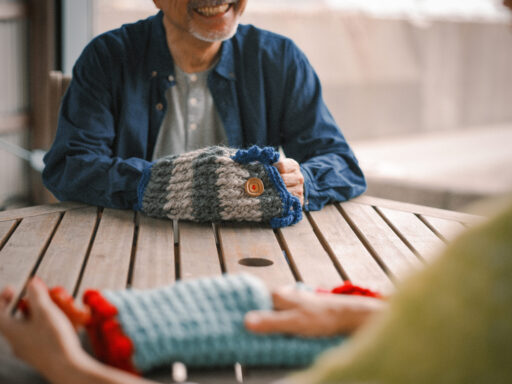U.S.A.:Rebuilding a Japanese American Senior Citizens Facility (Hawaii)
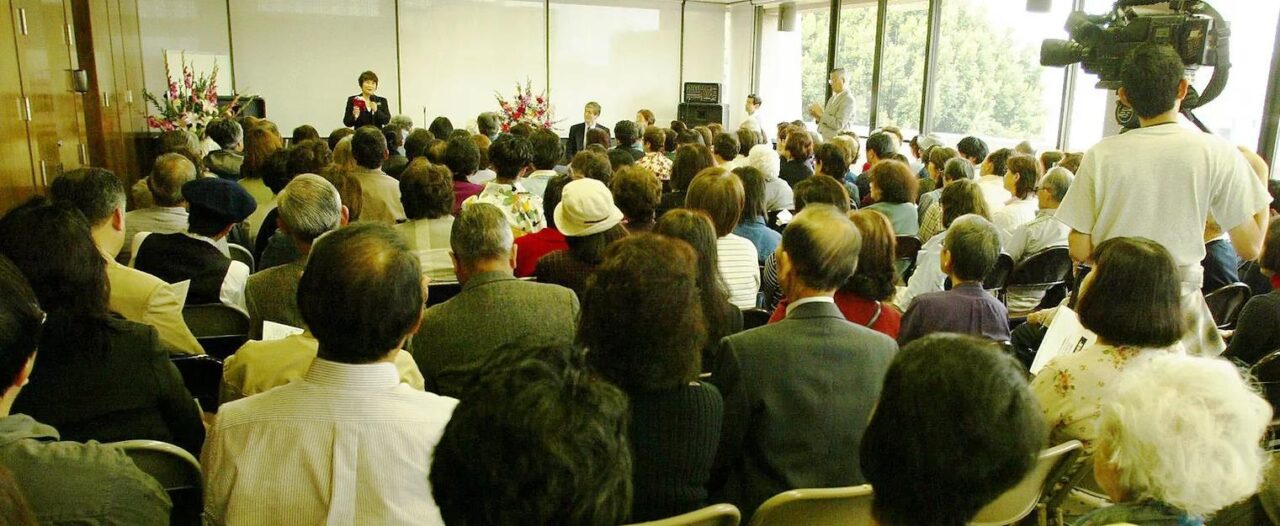
It has been more than seven years since the KEIRO Japanese American Senior Citizens Center, founded by Fred Wada, known as “The Man Who Called Tokyo Olympic,” and eight other volunteers, was sold to the for-profit Pacifica Corporation, a longtime treasure of the Japanese American community. As someone who has closely followed the transition of Japanese American senior citizens facilities since KEIRO sold its four facilities to Pacifica, I have compiled a summary of what has happened during that time.
-Eviction Notice
In February 2016, the sale of four KEIRO facilities to Pacifica was completed. At that time, the state Department of Justice imposed 13 conditions of sale on the seller, KEIRO, and the buyer, Pacifica. These conditions of sale also expired five years later, on February 6, 2021.
The for-profit Pacifica then waited and closed the interim nursing facility (formerly KEIRO Interim Nursing Facility) as of August 13, 2021. Prior to that, on May 19, all 96 residents were notified that they would be evicted from the interim nursing facility.
Most of the residents of the Intermediate Care Facility had moved in based on KEIRO’s promise that “we will take care of you until the end of your life,” and we can only imagine how shocking and disappointing the “eviction notice” must have been to those residents who had decided to make KEIRO’s facilities their permanent home.
When moving into a KEIRO facility, most residents say, “I can stay in a KEIRO retirement home as long as I am able to get around in my daily life. Meals are included, cleaning is included, and the monthly payment is not too expensive. When they need a walker or assistance with bathing and dressing, they can move to the KEIRO Intermediate Care Facility right next door. Monthly payments are covered by Medi-Cal (national insurance). Then, when you need nursing care, you can move to KEIRO Nursing Home. You have probably planned the rest of your life, saying, “I don’t have to worry about the payment because Medi-Cal will cover it here too.
They would have made a plan for the rest of their lives that would allow them to live the rest of their lives with a set amount of monthly expenses that would be commensurate with their actual income. He would have planned to spend the rest of his life in a facility where he could speak Japanese and eat Japanese food, where he would not have to worry about his family, and where he would be able to spend the rest of his life in peace without having to worry about his family. By following this plan, they did not have to worry about paying their bills until the end of their lives.
Five years ago, when KEIRO sold the four facilities, one resident said to me, “You are insane for saying you would take care of me until the end of my life. I was so frustrated and disappointed that I felt like I had been removed from the ladder without warning. This time, 96 people had their ladders removed and their carefully drawn life plans shattered. No, this is not limited to residents. I have no doubt that the life plans of their families were also shattered.
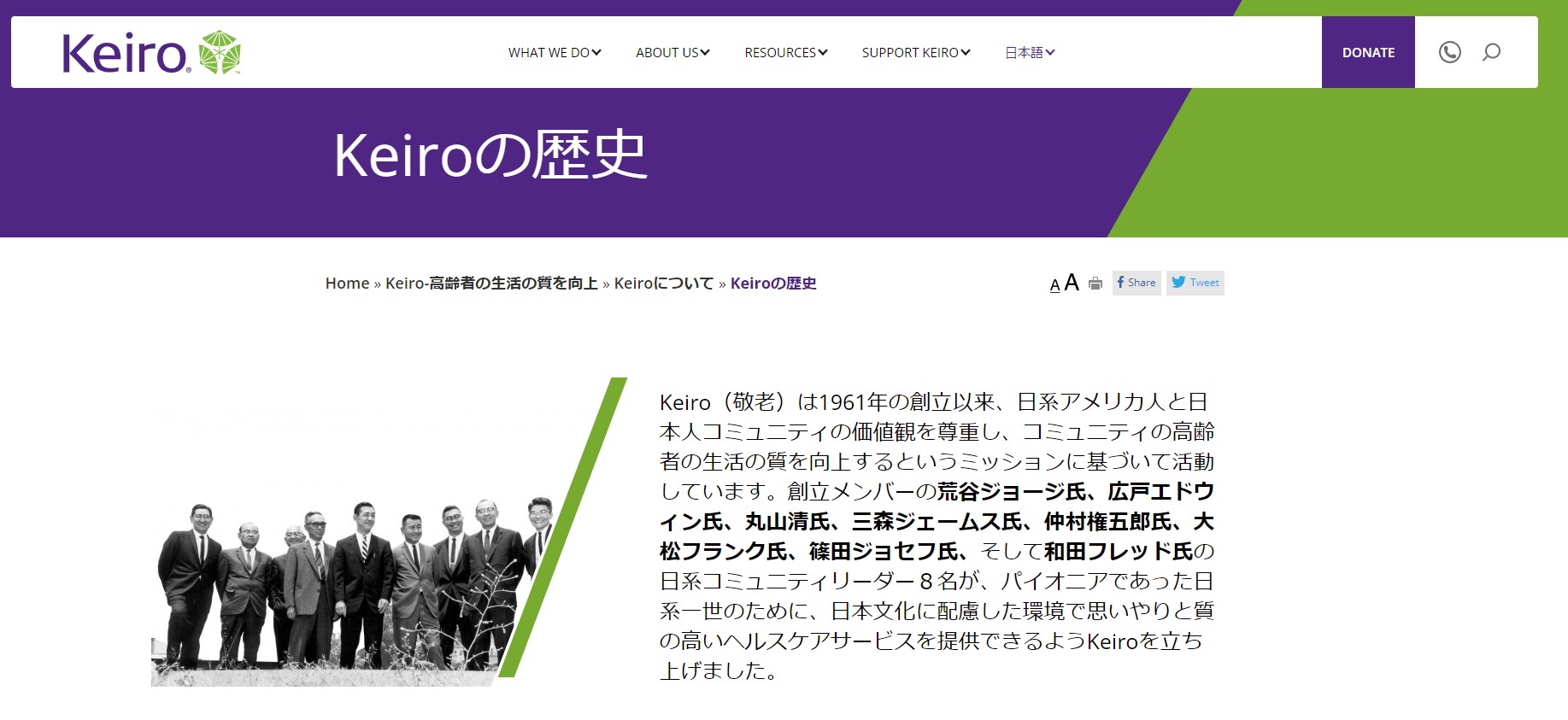
-Dealing with the New Corona
There is no disputing the fact that the elderly were probably the most affected by the corona pandemic. The numbers of people infected and killed by the new coronas at KEIRO Los Angeles (formerly KEIRO Nursing Home) were unimaginable. “By the first half of 2021, a total of 230 people will have been infected and 117 people will have died from the disease.
The underlying reason for this catastrophe is nothing less than Pacifica’s desire to become a designated facility to receive new coronas patients in June of 2020. And they did so without a word of warning to residents, their families, staff, or their physicians.
Unthinkable” is an English word. A quick look in an English-Japanese dictionary will tell you that it means “inconceivable or unthinkable. It would be unthinkable for us to become a designated facility to receive patients with new coronas. It was truly unthinkable.
In order to restore the capacity utilization of general hospitals, which had been flattened by the flood of new coronas, the national and state governments instituted a policy of releasing infected patients after two weeks of quarantine. The state then sought designated facilities to receive the released patients.
Pacifica, the owner of KEIRO Los Angeles, wanted to be the designated facility for the new coronas and became the facility to receive the new coronas patients released from the general hospital.
The residents of the 300-bed KEIRO Los Angeles, which took over from KEIRO Nursing Home, were mostly elderly Japanese Americans. These residents were involved in the catastrophe that was reported in the Los Angeles Times with 230 infected and 117 dead. Needless to say, Pacifica was richly rewarded for hosting the new coronas.
The Japanese word “caregiver” means “to nurse or care for the sick, old, or disabled. They neglected their mission of care and put their own interests first. This led to a catastrophe that resulted in the deaths of over 100 people.
Let me add one more thing. All of the more than 20 facilities in the Los Angeles area that were designated Covid-19 facilities were for-profit organizations, just like Pacifica. Not a single non-profit facility was included.
When KEIRO gave up the four facilities, many members of the Nikkei community assumed that Pacifica, the company that took over the four facilities, would take good care of the Nikkei seniors. However, we believe it is time to put that assumption to rest once and for all.
The intermediate care facility will be replaced with more profitable apartments. The forced eviction of the residents and the closure of the intermediate care facility were the result of this process. The nursing home did not hesitate to accept Covid 19 infected residents. This was also the result of a profit-motivated move.
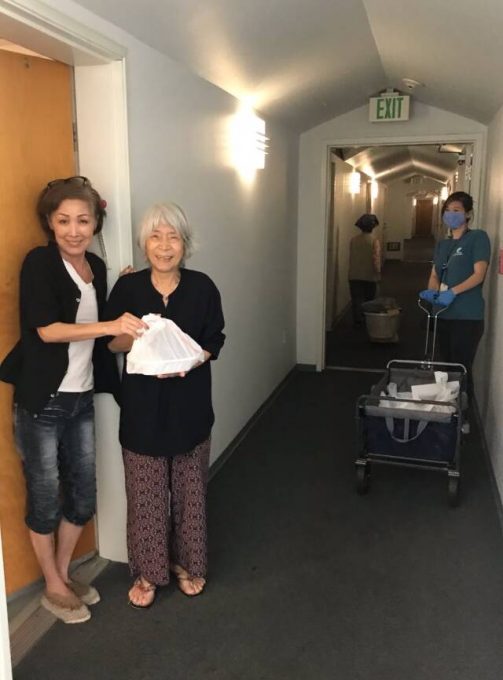
-Insufficient number of beds for the elderly
In a national survey by the Pew Research Center, it was found that as of 2015, 27% of Nikkei living in the United States were Japanese born outside of the United States. Based on various surveys, it is assumed that there are 60,000 Japanese American seniors in Southern California. This means that there will be 16,200 Japanese-born seniors. This is because 27% of the estimated 60,000 Japanese American seniors were born in Japan.
The Pew Research Center is a Washington, D.C.-based think tank that researches information about people’s attitudes, opinions, and trends in the United States and around the world.
It also reveals that 51% of Japanese-born Nikkei are over 40 years old, and the majority of this 40+ age group will be elderly or joining the elderly in 20 to 30 years. This means that the demand for Japanese American senior living facilities will continue to increase for the next 20 to 30 years, if not longer.
However, as of October 2019, the number of beds in nursing homes, intermediate care facilities, and other facilities that offer culturally sensitive services to Japanese seniors is about 700. This figure is only one 23rd of the projected demand of 16,200 people in the future.
It is obvious that there are not enough beds in facilities that provide culturally sensitive services in Japan. This is where the closure of the interim nursing facility comes in. The shortage of beds has become even more serious.
This is the current situation of facilities for the elderly in the Nikkei community. There are not enough beds for the elderly. The demand for beds for the elderly is expected to increase significantly over the next 20 to 30 years, if not longer. However, Pacifica has made it clear that it is a profit-driven company that does not have the best interests of the Japanese American elderly at heart.
This means that the Japanese American community will have to work together to make these beds by hand.
The following sentence is found in the book “To My Country, My Heart – The Man Who Called the Olympic Games to Tokyo” written by Ryo Takasugi, which describes the life of Fred Wada. This is what Fred Wada, a second-generation Japanese American, told then Consul General Matsuda in 1983.
“We have been working hard to secure a safe place for the old people who struggled in the past. But our goal is not only to save the old people. The Retirement Home is also necessary so that third- and fourth-generation young people can work in American society without fear. The Sansei and Yonsei are small-minded, or rather, they are too small in scale, afraid of failure, and do not want to live a life of business. Unlike the Issei and Nisei, they are highly educated and tend to be lawyers or academics, which is very frustrating for someone like me who has come up through the ranks. I would like them to go out into the business world more. If you fail in the business world, people say they can’t take care of their old people or they worry about their old age, so I tell them that I will take care of all your old people so that you can fail, so don’t be afraid to fail and do your best work.”
More than 50 years ago, the leaders of the Nikkei community built the Nikkei Senior Citizens Facility out of a single-minded desire to help the elderly Issei and the next generation. I think we are in the same situation now. We need to rebuild a facility for the Nikkei elderly, not only for our generation, but for the generation after us and the generation after that.
In October 2015, when the sale of the four KEIRO facilities came to light, our “Association for the Protection of the Elderly” stood up under the banner of “Oppose the Sale of KEIRO”. After February 2016, when that did not pay off and the sale was completed, we turned our attention to “rebuilding a non-profit Japanese American senior citizen facility. In 2020, we established a task force and began concrete steps to rebuild. We have also begun a full-scale fundraising campaign. Let us all work together to rebuild the facility.
「高齢者を守る会」会長
ジョン金井
www.koreishasca.org

